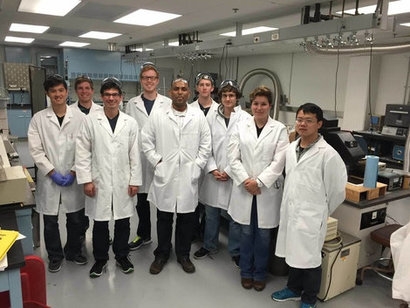
The company announced that its current stability test of the device has surpassed 294 hours without any degradation. The design will serve as the foundation of the company’s first generation commercial renewable hydrogen generator. It achieved over 100 hours of stable operation under continuous simulated sunlight illumination, establishing what the company believes is a new international record for wireless self-contained solar hydrogen devices. The device produced oxygen and hydrogen until part of the solar cell began to degrade after 105 hours.
“By utilising a new coating technique of the protective polymer layer that encapsulates the full device, we were able to surpass our April results and are much closer to our previously announced goals of 365 hours and 1000 hours of continuous stable operation” said Dr Joun Lee, HyperSolar’s Chief Technology Officer. “The recent results clearly indicate impressive hours of full device stability - over 294 hours and still going under peak sunlight with hydrogen production. We believe that even better results can be achieved by using commercial coating companies which can apply coatings even more uniformly and over a larger surface area”.
The company is focusing on increasing the device’s long-term stability, which is critical for commercial adoption. Many hydrogen pioneers have attempted to use a-Si solar cells in solar hydrogen systems, due to their low cost, but have failed in achieving long-term stability in standalone solar powered water-splitting devices. However, based on research and feed back from peers, the company believes that its results with a-Si cells are some of, if not, the most significant in the world thus far.
Image: HyperSolar
For additional information:

